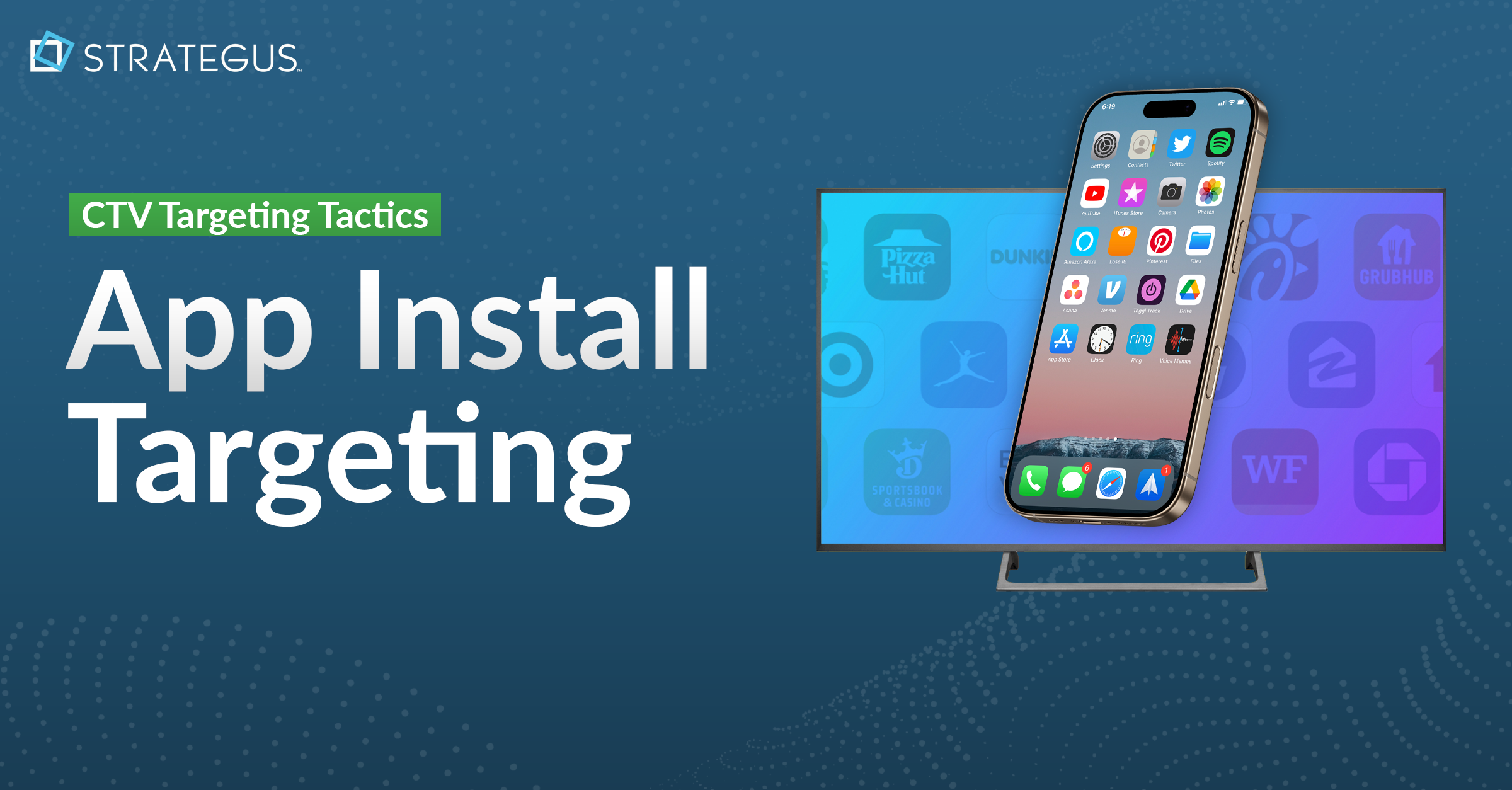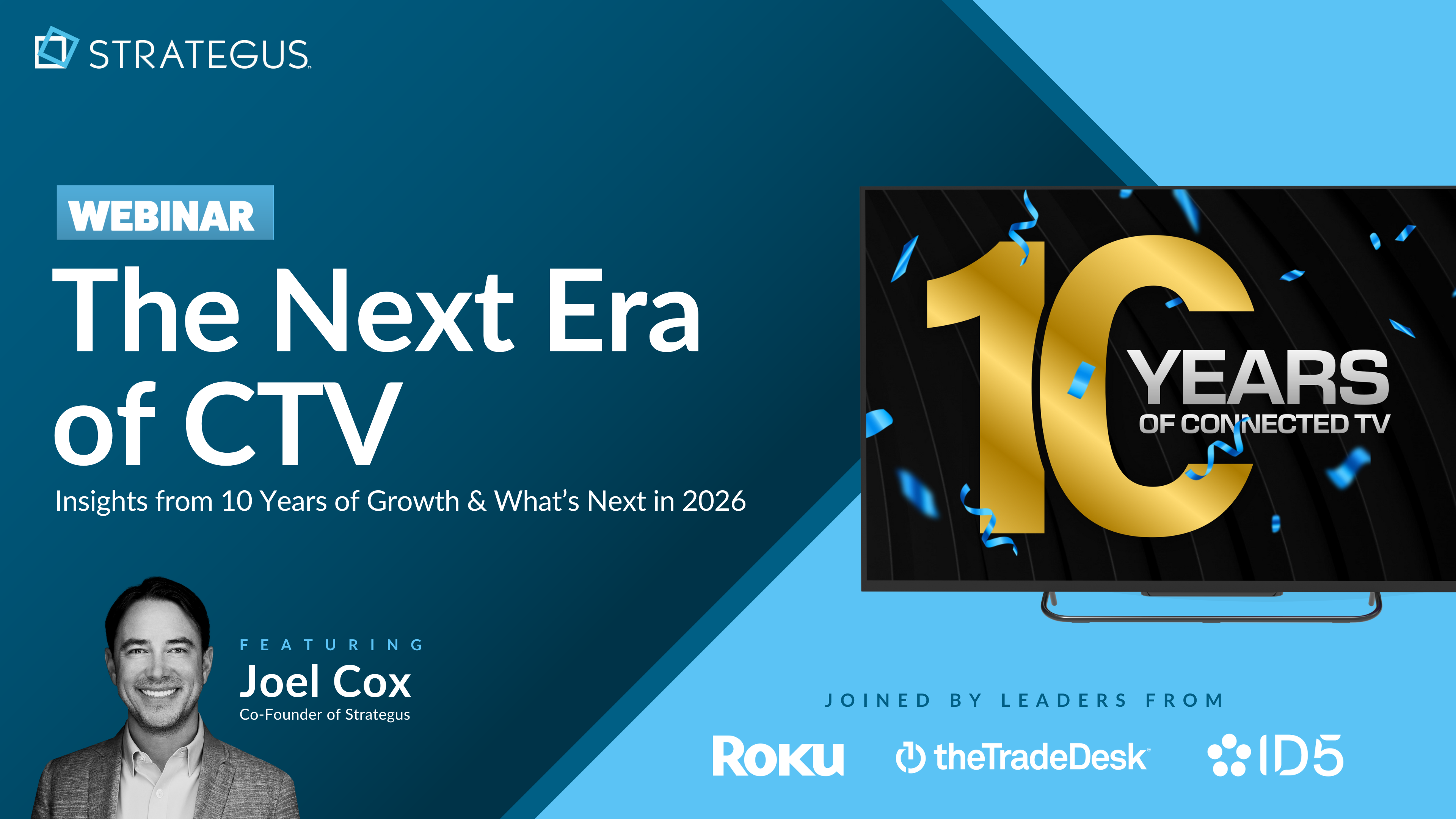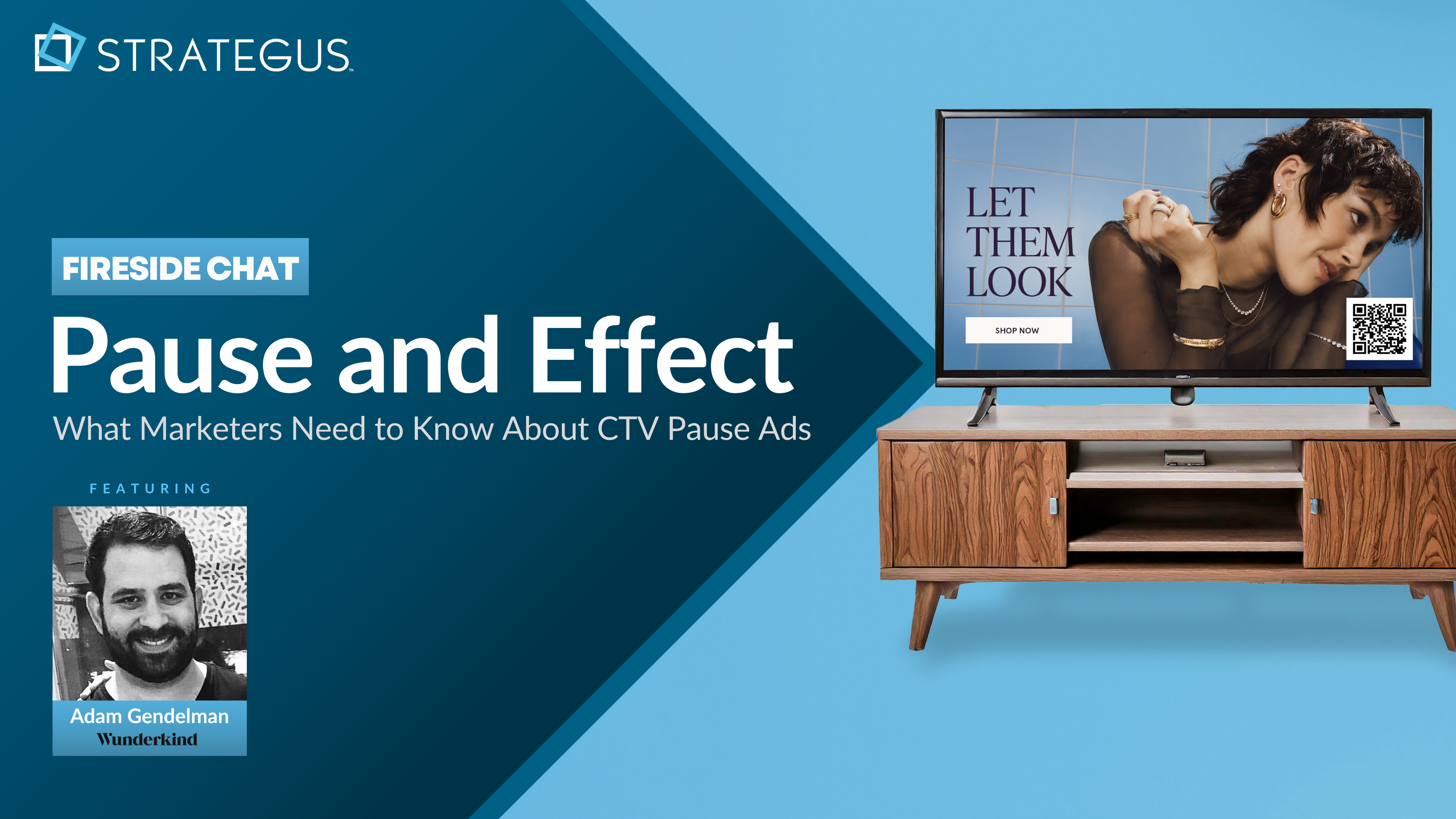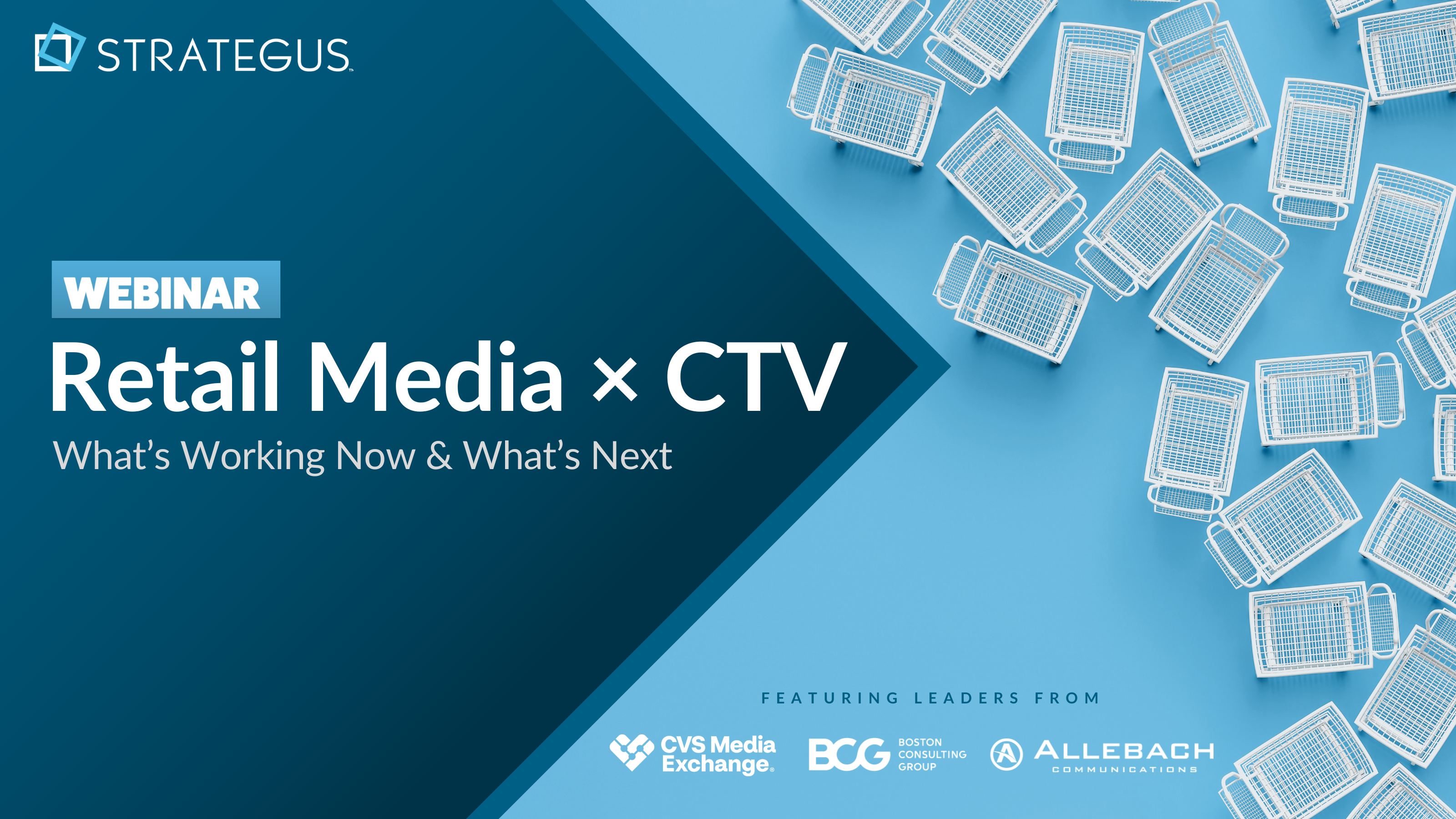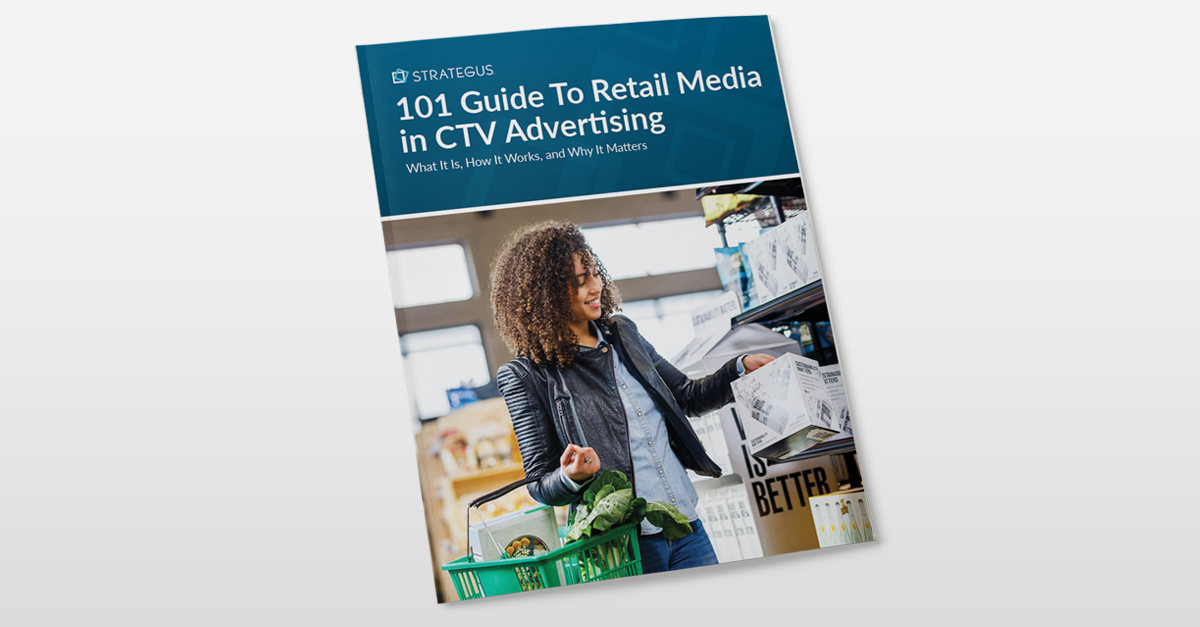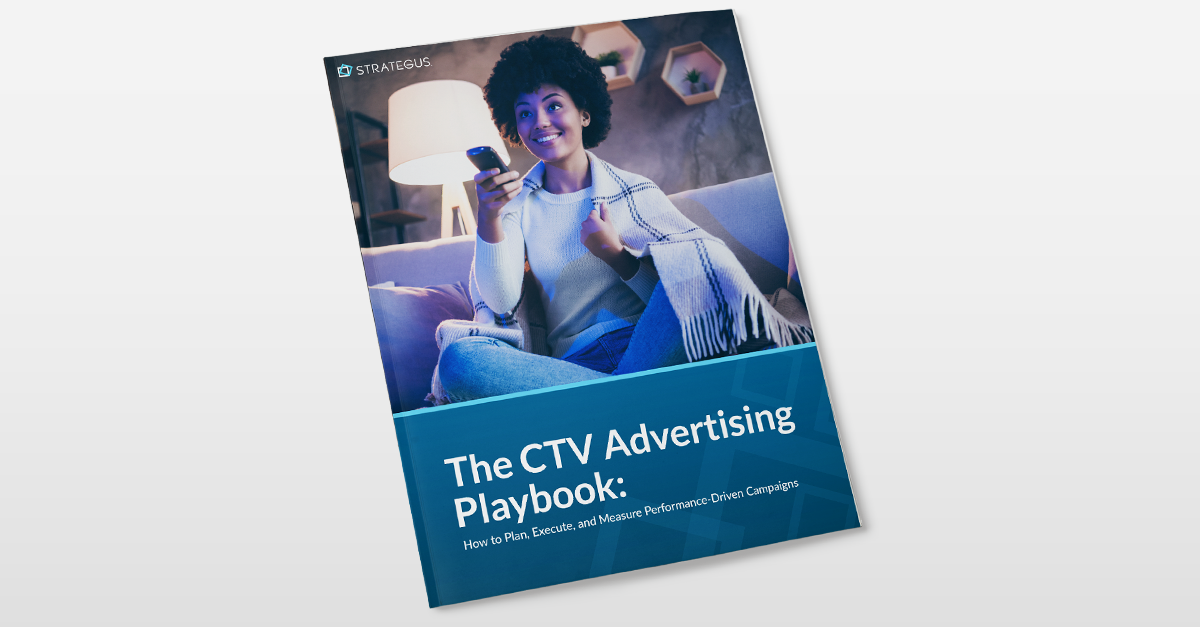- Home
- Strategus Blog
- 6 AdTech Trends to Watch Out for in 2025
6 AdTech Trends to Watch Out for in 2025
 Andy Dixon
Andy Dixon
3 minutes read

A lot has changed since Strategus ran the first programmatic advertising campaign in 2015. Within the last half-decade, ad-tech and media have seen as much revolution since the invention of television. Here are some basic truths and trends that every marketing and sales pro needs to know:
Digital Streaming
Consumers will continue streaming media over the internet, and that toothpaste ain’t going back in the tube. But, despite the fact that cable viewers cut the cord at the rate of seven every minute last year, don’t expect basic linear TV to just go away.
Nothing is inevitable: the digital streaming giants must maintain aggressive, long-term financial performance to sustain investor expectations. Wall Street will eventually prioritize profitability (perhaps with more advertising) over pure subscriber growth (which, though staggering right now, will slow down and eventually level out). Digital will continue to disrupt and dominate, and there’s more shakeout to come.
Data-Driven Targeting
With more digital consumption and new technology, advertisers are following everyone with cross-device identity graphs and hyper-local location data to gain more consumer behavior insight than ever imagined. At first, this was a little unsettling, but people now realize that they are being served ads that are actually becoming more relevant to them as individuals.
Marketers who are accustomed to reaching demographic groups, say, “men, 18-34, who watch Monday Night Football,” will be adjusting their approach more toward individuals, say, a 27-year-old man who watches women’s skiing, who is going to play golf on Sunday, and who is already in the market for a mid-size sedan.
Data-driven audience targeting (vs. content targeting) is the new moral imperative. Serving meaningful advertising to flesh and blood individuals (the audience) instead of targeting a general demographic watching the same TV show (the content), is today’s new reality.
Ad-supported vs. Subscription Models
Following Netflix, big players like Disney, Apple and Amazon are jumping on the paid-subscription bandwagon. Advertisers are feeling the squeeze, but subscription fatigue is real.
Marketers and consumers have similar needs: Consumers want as much programming as possible, fewer bills to pay, easier channel surfing… Marketers want to buy as much relevant and safe inventory as possible, with frictionless campaigns and better reporting. More closed-system silos are counter-intuitive to consumer and marketer desires for simplicity, seamless selection, spend value and time savings.
Expect a viewership shakeout in this regard, but again, expect advertising to rise to the occasion by becoming more relevant. When “subscription-only” cable TV first came on the scene, it wasn’t long before it moved to a hybrid ad-supported revenue model. With better targeting and attribution, advertisers will continue to serve more personalized and timely ads to consumers who will, in turn, begin to perceive less burden and more benefit. Conversely, if you’re not delivering relevant messages directly to your audience, you will be ignored and cut off. It’s marketers’ responsibility to serve the ads that make for informed, engaged and smart consumers.
Programmatic
With all the data gathering and location-based targeting, math is winning out. Spending on real-time, automated programmatic bidding for digital advertising inventory continues to skyrocket, and more sophisticated algorithms based on the data-driven buy- and sell-side platforms are determining what ads get served, where and how. Smart agencies are using new tools, specializing, and knowing the options to better serve their clients.
Not everyone is on board yet with programmatic campaigns. Key factors holding back the momentum are brand safety concerns, and challenges with walled garden programming platforms. These issues are being addressed with more sophisticated inventory vetting, limiting media buys to premium content, and remaining as inventory agnostic as possible. Some media buyers are waiting on the sidelines to see how the streaming wars settle out – it’s going to be awhile, so don’t hold your breath.
Privacy
Marketers are leveraging the digital exhaust from our phones, watches, tablets, computers and even cars to optimize targeting. Facebook and Google generate much of that data, but are also responsible for the vast majority of data misuse, resulting in today’s murky mess of regulations.
It’s up to all marketing professionals to respect privacy, and to keep everything hyper-relevant for our customers if we want to earn and keep their trust. Instead of waiting for state and federal governments to set the pace, marketers should try to stay ahead of the regulation game. For instance, by treating all states accordingly with how the table has been set by California with the CCPA (California Consumer Privacy Act), perhaps we can help avoid a 50-state patchwork of chaotic rules.
Math and Metrics
Automation is pushing complex metrics and KPIs to the fore, which will be felt throughout all disciplines of business development and sales. Every new innovation compels everyone in marketing and sales to keep up. What was kindergarten just five years ago is post-graduate physics today. The ad-tech market will shake out, mature and consolidate. But there’s no turning back on how the world has changed, and will continue to when it comes to reaching customers, closing sales, and measuring how it all gets done.

Andy Dixon is a seasoned Content Writing Specialist at Strategus, renowned for his expertise in creating engaging and impactful digital content. With over a decade of experience in content creation, Andy has honed his skills in a variety of niches, ranging from technology and marketing to education.
Strategus is a managed services connected TV(CTV) advertising agency with over 60,000+ campaigns delivered. Find out how our experts can extend your team and drive the result that matter most.
Talk to an Expert
Seeking a Custom CTV Strategy That Delivers?
What to read next
App Event Tracking: Tie Mobile App Activity to CTV Campaigns
Let’s say you’re running a CTV campaign for a personal finance app.
5 minutes read

Stop Guessing Who Your Audience Is — Let Their Apps Tell You
Connected TV (CTV) targeting often falls in one of two camps.
8 minutes read
See Who Bought After Your Ad + How Much They Spent
You can’t improve what you can’t measure. And for years, that’s been a major problem with TV advertising.
4 minutes read

First-Party Attribution: Match Ads to Sales With CRM Data
The value of first-party data continues to grow.
7 minutes read



